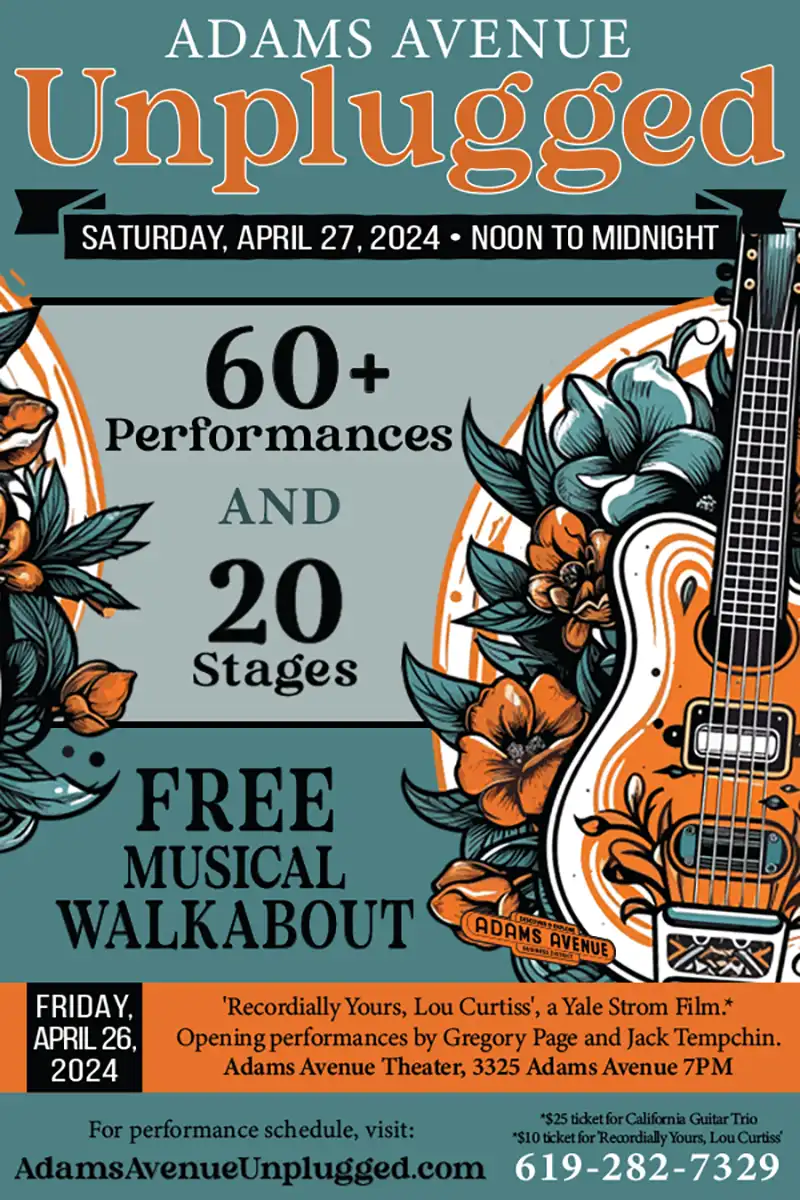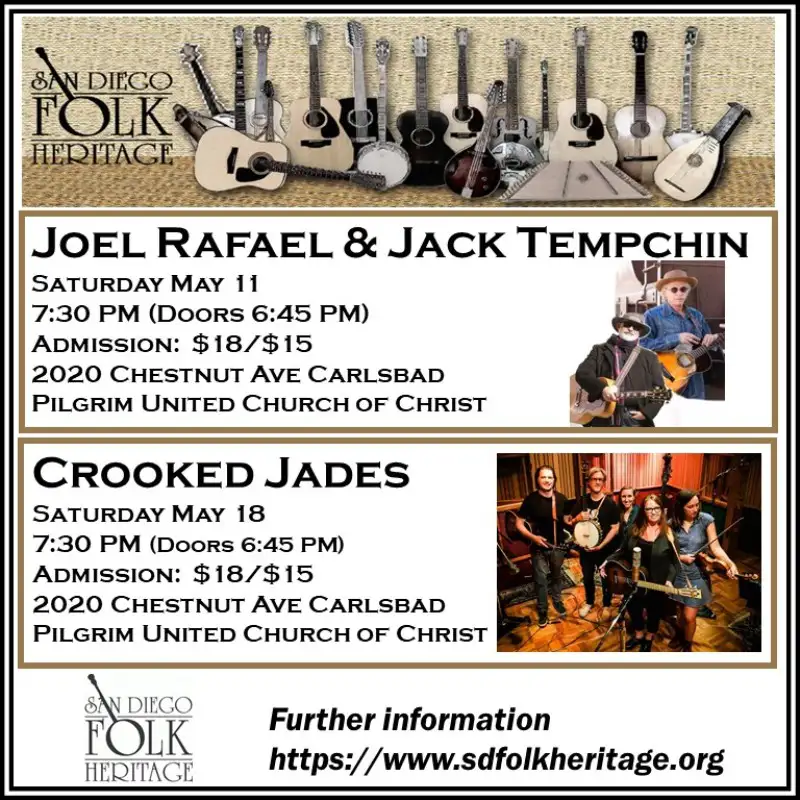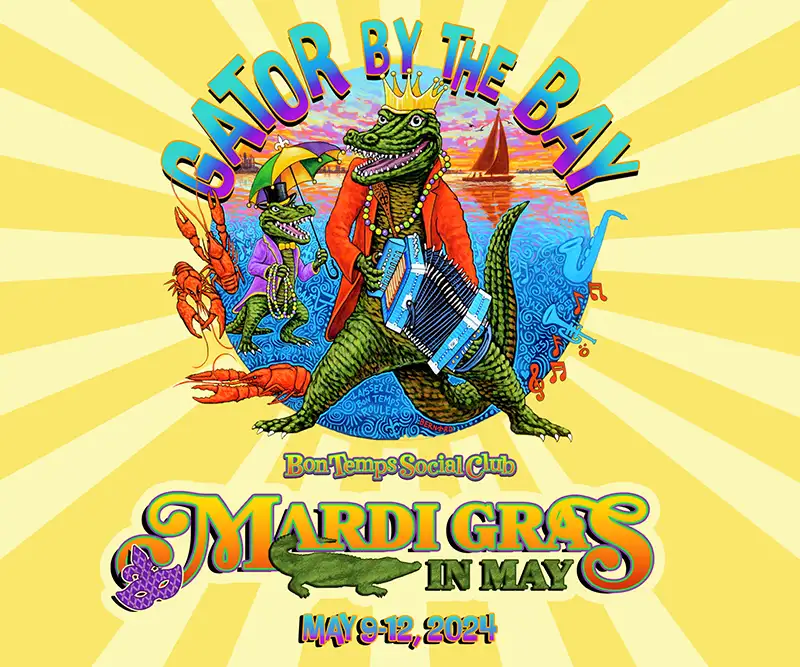Cover Story
Bart Mendoza Sleeps in Shifts


The Shambles, 1991. Photo by Anne Ring.

Manual Scan, 1986

The Shambles, 1991. Photo by Anne Ring.

Wendy Baily and True Stories. Photo by Jane Fritz.

Bart at the Music Awards this year. Photo by Marie Haddad.
He lives it. Breathes it. Needs it.
He walks the walk while talking the talk. Music, apart from family, is everything. It’s a 24-hour-a-day thing. No vacations or days off. He sleeps in shifts. When he takes a break from writing, he shifts to a compilation album, then to writing a song, then to booking another band to a show, and so on. Somewhere in the recesses of all this activity, business and tenacity is the definition of Bart Mendoza’s sense of happiness. His favorite memories are the feelings experienced while heading to the stage at the Marquee in England with Manual Scan; the frenzied crowd in Valencia, Spain; the first time he heard one of their songs in regular radio rotation; tirelessly fostering a music scene. It’s a long list.
He’s all over the place — arguably San Diego music’s busiest advocate. If I had to guess, he was probably born in the key of D with a transistor radio fastened to his ear — his head bouncing around in 4/4 time. I found that the best way to get a hold of him was through a Facebook chat at around 4am. Even then, he’s only able to take a few moments to check in on our business at hand, and then he’s “gotta run” off to his next task. I, personally, routinely worked at least 16-plus hours per day with all my music endeavors and business, but came to the conclusion about five years ago that this would be considered “part-time” for Bart Mendoza.
Impressive.
Right from the get-go he was involved with music. There was always a lot of music around his house. He cites listening to Mexican composer Augustin Lara to his dad’s favorite, Frank Sinatra, to whatever his brother or four sisters might have been listening to. His mom played guitar, but it was his grandfather’s playing and singing that first caught his ear. When his mom noticed he was already in the groove, she gave him a stack of singles, which included two Elvis EPs: Chuck Berry, the Four Seasons’ “Sherry,” Bobby Rydell’s’ “I’ve Got Bonnie,” Bobby Vee’s “What Do You Want,” and others. He had that transistor radio in hand every second possible — even sneaking listening time, tuning in to stations like KCBQ under the blankets well past his bedtime. There were no other musicians in the family, but everyone loved music. His aunt turned him on to the Beatles. His cousins turned him on to the Stones. When he was ten, Bob Dale hosted a Saturday afternoon movie show, which screened A Hard Days Night. From the moment he saw the concert scene at the end, all he ever wanted to do was make music.
So, he did. Bart took the formal action to “do it” in 10th grade at La Jolla High School. Partnering with Kevin Donaker-Ring they started a band, playing at friends’ parties. The catalyst was their school’s music teacher Mr. Smith, who played them Emitt Rhodes’ “You’re a Very Lovely Woman.” In 1976, on a trip to Mexico, guitar in hand, he bought a newstand magazine, Toca Como Los Beatles. For the next several weeks, Bart concentrated on figuring out how to play, making some of it up as long as it sounded approximately right, which, he claims, accounts for some of his more unusual chord fingerings.
He started writing as soon as he got that first guitar. The first real writing was while in the Pedestrians, in 10th grade, cranking out two-minute pop songs. He’d literally walk into the next room for five minutes and write a song. He jokingly says, “It wasn’t exactly Bacharach, if you catch my drift….” But Bart was hungry. And this passion was to be his life.
Zombies incarnate.
One look at Bart and you gain the notion that he’s a mod — the beatnik thing is still alive and well in him. He understands how music and fashion-style go together. Two albums that directly inspired him are: the Zombies first album, fancying their sound and look. Guitarist Paul Atkinson wore glasses and a vest just like he did, a big deal to a nerdy little kid. And second, Emitt Rhodes’ first album, where he identified with the McCartney-esque qualities. He considers these two albums timeless and magical. Perfect pop without a wasted note.
I asked Bart straight-up about being a “proto-mod.”
“I’ve just always liked the look, sound, and transportation of the mod era, starting with the Beatles and all those groups — great clothes to go with one of the most exciting times in music history. When we first started dressing like that in high school in the late seventies, we had no idea there were other like-minded individuals around town. Imagine our surprise a while later to be at Tower Records and have another group of local mods from East County show up, people I’m still friends with today. I’ve only driven a car twice, once at school and on a dare, preferring to Vespa all over town, and I still only wear desert boots or my pseudo Beatle boots.”
Barticles.
Pick up something up that’s related to music and Bart’s probably in there. He’s written for fanzines in the U.S. and Europe since the 1980s, even “published” nine of his own — Sound Affects — but in the early nineties, he received an errant phone call in the middle of the night, inquiring where an overdue article on pop Christmas music was. He had no idea who was calling or what about. Finally, the editor Richard Martinez asked the sleepy Bart if I he knew the assistant (who was supposed to be directing this task). Bart acknowledged that he’d met her, but hadn’t spoken to or seen her in over a year. Martinez, cursing, apologized for calling so late. With that, Bart got up, “manned up,” and delivered an article by 9am. He considers this to be his first “real” article, which led to him to become a music editor for the national pop culture publication Axcess magazine.
Around the same time, Rex Ehdlund also hit Bart up to write a column about the local club scene for his newspaper, D-Town, where “he rambled on for pages,” unpaid. Little did he know, the Union-Tribune was watching. Soon, they hired Bart away from D-Town for the next six years. Next came a slightly longer stint with SLAMM/Citybeat and then dozens of publications including Time Out Travel Guides, The Reader, and all of the SDNews Group papers as well as the San Diego Troubadour.
All of this compounded into Bart becoming one of the leading advocates for San Diego music and again as a leading contender as the scene’s “historian.” This has much become “his job.” But I know Bart personally, enough to know it’s more like his passion. He stays up waaayyy too late, and waaayyy too early simply because he loves it. I asked him, “Why do you love it so much?”
His answer is succinct.
“I think that there is and has been so much great music to emerge from San Diego, but most people aren’t aware of it. I’ve tried to shine a spotlight on the musicians who have called San Diego home. I love all aspects of the music scene, certainly past chart makers and garage bands, orchestras to lounge acts, as well as new artists, from hip-hop to Americana and in between. My dream is to open a museum for all this, so if there is anyone out there who might be interested, please don’t hesitate to get in touch, I have a proposal written!”
The San Diego music scene.
Bart would be among the first to boast about the fact that the quality of music is certainly incredible. He also notes all of the little labels, record stores, management types, promoters, plenty of world-class studios, and so on, that have emerged in the last few years. And he recognizes them all as indicators of a healthy, functioning music scene. And Bart adds, “On the other hand, it would be nice to see bigger crowds at events. On a worldwide level, I’d like to see more of our artists make a bigger splash, although I realize every music community around the world is thinking the same thing about their artists “
These days I interact with Bart routinely, as I have over the years. Never been to his house past the doorstep. A question occurred to me one day. Feeling comfortable enough to get nosey, I inquired as respectfully as I could muster. “I presume you have a record/cd/tape/book/media collection that requires serious hiking gear to transverse. Can you make it from the front door to the bathroom without knocking a stack of CDs over?”
I expected him to laugh. He cracked a smile, but, nope.
“I can, but it can be dicey,” citing (San Diego Troubadour founder) Lyle Duplessie who once pointed out that his home is a sort of an accidental museum. Bart claims it’s full of items from a life in music, including a life-size cardboard cut-out of Paul McCartney from Yellow Submarine in the living room; a Blue Meanie is in the hall way. However, the bulk of his collections are located in several rooms elsewhere. You do need grappling hooks to get through those. I have been downsizing a bit, trying to get down to essentials, but there isn’t even a dent yet. Of course I’m always adding stuff so it’s tough.
The next subject regarding the multi-faceted man we know as Bart and his passion for the San Diego music scene involves Staring at the Sun, a compilation CD series that highlights, documents, and catalogs San Diego music, pretty much annually.
The series began as a showcase for the bands that played at Megalopolis, a bar that used to be on Fairmount Avenue, just off El Cajon Blvd. It was put together by Bart and Jon Gire, with all the bands pitching in to get it done. The disc was very successful, but Jon soon moved on to other projects, while Bart continued with the series. The events surrounding the album get bigger each year, but the motivations behind it remain the same: promoting San Diego’s musicians, which has grown to include visual artists as well. Bart explains, “Not only is the music all San Diego, but the covers are also put together by some of San Diego’s leading artists, keeping it all local. FM94.9 DJ Tim Pyles has also been a big part of the albums’ success. This year he held a contest, with the winner getting airplay on his show, a spot on the album and headline spot at the CD release show.”
Bart thinks locally and globally, so in this context when I asked him who the most important musician in history was to him, he immediately responded without thinking about it: “Paul McCartney. An amazing musician, philanthropist, and human being.”
Being the kinda guy that is comfortable in a local way and a global way, he’s pretty much a fan of all music, appreciating the different styles and levels of musicianship. If you do it with love he’ll appreciate you. He might even help you. But discuss with him what makes a great song and his answer becomes very specific. He looks for an energy that explodes from the speakers. “It doesn’t have to be an upbeat song, but the feeling has to be there. Think of the way “I Want to Hold Your Hand” explodes from the speakers, or the way Bread’s “Everything I Own” communicates the sadness in the lyric from the first strum. A strong hook is also essential, as well as a freedom from clichés. Counter melodies are a huge plus.” And having personally worked with Bart in my studio I know for a fact that he’s a sucker for intricate harmonies.
With all this, Bart’s pretty much like everyone else walking the planet. Celebrating his 50th birthday this month, he hopes to make it to a healthy old age, adding, “Who knows if my work will stand the test of time, but it would be nice to think there would be some interest in it after I’m gone. I’ve enjoyed writing about and working with new artists while at the same time helping preserve San Diego’s musical memories. It would be nice to think that maybe 100 years after I’m gone, some young music fan will discover a worthy artist through something I wrote, or perhaps cover one of my songs. Either would really be an ultimate honor.”
A Little Background Information
-Â Â Â Worked for Capitol Records for 11 years, (and freelanced for Angel, Chrysalis, EMI, Motown, SBK, Rhino, Virgin)
-Â Â Â Worked at the top comics distributor in the world, Diamond Comics for six years.
-Â Â Â Worked for local record shops Licorice Pizza, the Wherehouse, and Off the Record.
-Â Â Â Manual Scan’s song, “Nothing Can Be Everything” was included in the Columbia crime drama “A Girl to Kill For”
-Â Â Â Riot Act posters are prominently displayed in the Kirsten Dunst film Bring It On, which were also licensed for use as set props on TV drama “Veronica Mars”
-Â Â Â The Shambles were interviewed in a Billboard cover story on the nineties power pop scene
-Â Â Â Interviewed in Details magazine on California’s mod culture
-Â Â Â “Survive,” by Jeppe Riddervold and Bart Mendoza, won a 2003 EMI Publishing Award
in Berlin
-Â Â Â In addition to his own singles, EPs, and albums, Bart’s songs appear on more than 100 compilations
-Â Â Â His songs have been covered by many artists including Germany’s pop dance star, Daniel Hall (“Survive”), Canada’s ska combo, the Kingpins (“Plan of action”), and Spain’s keyboard-based quartet, Paff Buum’s (“The Bird”)
-Â Â Â Appeared as a background person in a couple of comic books, notably Ed Brubaker’s Lowlife
-Â Â Â Wrote text features for various music-related comic books, including a 1991 Paul McCartney Ashcan and a British Invasion set for Revisionary Press; wrote the foreward to The Pink Floyd Experience, a comics anthology from Blue Water Productions.
-Â Â Â Guest hosted Fox-6 TV’s “Fox Rox” three times
-Â Â Â Future guest host on upcoming episodes of the Cable-TV program, “SoCal Showcase”
-Â Â Â Co-promoted the New Sounds Music festival in the ’80s, with a final blow out in 1999
Band Chronology
-Â Â Â Starjammer #1 June 1976 —June 1979
-Â Â Â Pedestrians, July 1979 — January 1981
-Â Â Â Manual Scan #1 July 1981 -1991
-Â Â Â Shambles #1 1991
-Â Â Â Riot Act 1999
-Â Â Â Mission to Mars #1 -1999
-Â Â Â The Rarities 2001-
-Â Â Â The Spring Collection #1 2004
-Â Â Â Static Halo 2004-2005
-Â Â Â Anna Troy Band January-November 2007
-Â Â Â Wendy Bailey and True Stories
-Â Â Â Bart Mendoza and True Stories
Opened for
-Â Â Â Robyn Hitchcock
-Â Â Â Graham Parker
-Â Â Â The Romantics
-Â Â Â The Hoodoo Gurus
-Â Â Â The Plimsouls
-Â Â Â Stereophonics
-Â Â Â The Three O’Clock
-Â Â Â Jonathan Richman
-Â Â Â Mod Fun
-Â Â Â Rain Parade
-Â Â Â General Public
-Â Â Â Fishbone
-Â Â Â Agent Orange
-Â Â Â The Fleshtones
-Â Â Â Mojo Nixon
-Â Â Â Badfinger
-Â Â Â Jewel
-Â Â Â The Wondermints
-Â Â Â Sugarplastic
-Â Â Â Apples in Stereo
-Â Â Â Peter Tork
-Â Â Â The Records
-Â Â Â Jason Falkner
-Â Â Â Superdrag
-Â Â Â Electric Prunes
-Â Â Â The Last
-Â Â Â 20/20
-Â Â Â The Seeds
-Â Â Â The Rembrandts
-Â Â Â OK Go
www.facebook.com/bart.mendoza.7
www.theshambles.net/
www.myspace.com/3363716
Chuck Schiele is an award-winning musician, producer, visual artist, writer/reviewer, activist and proud fan of the San Diego Music Scene.







